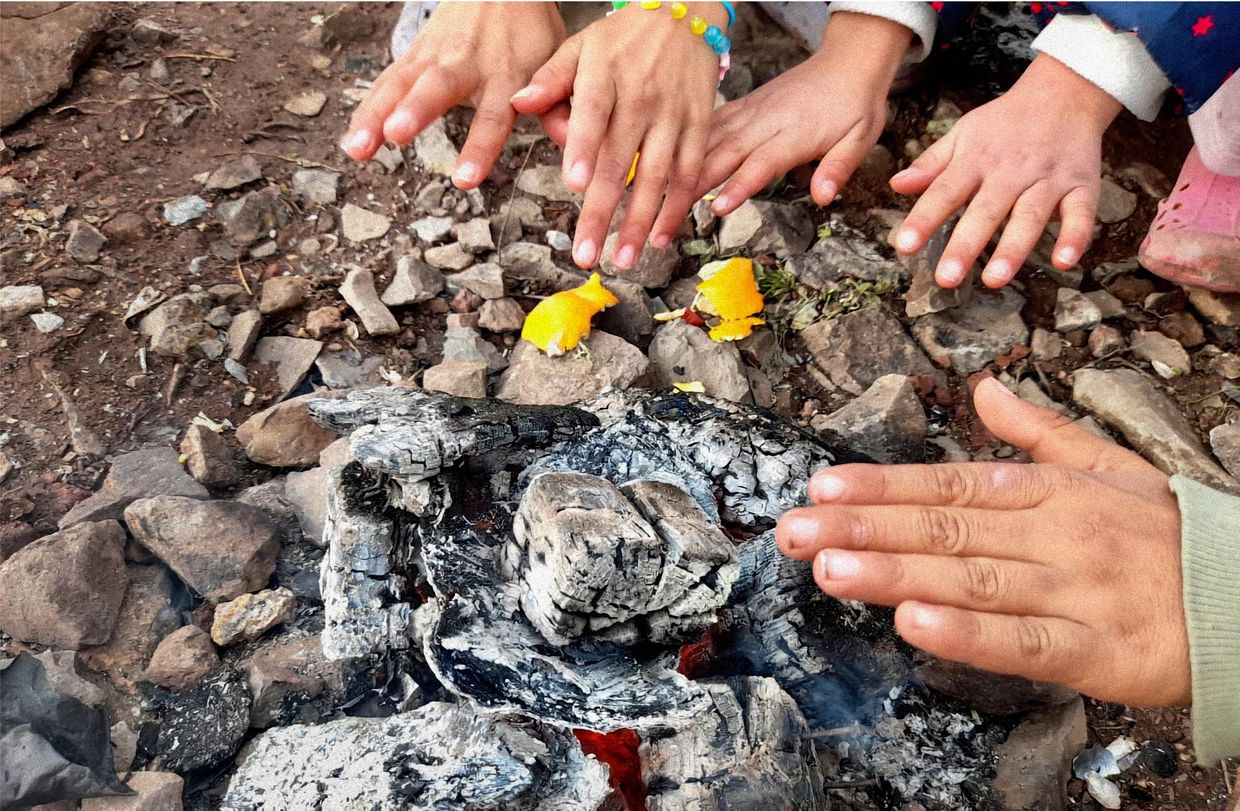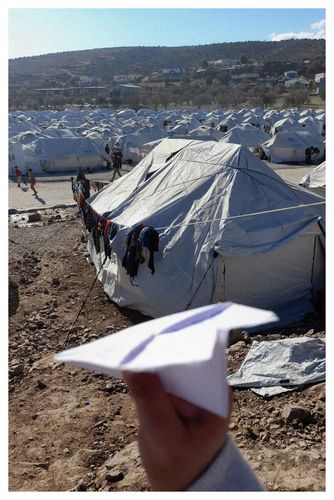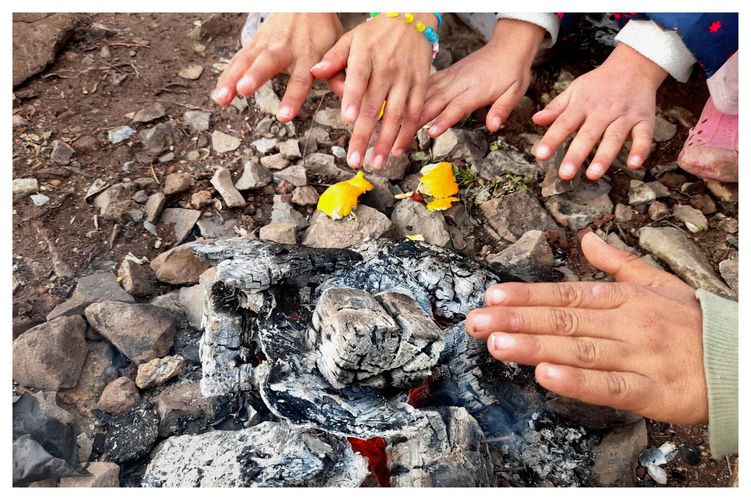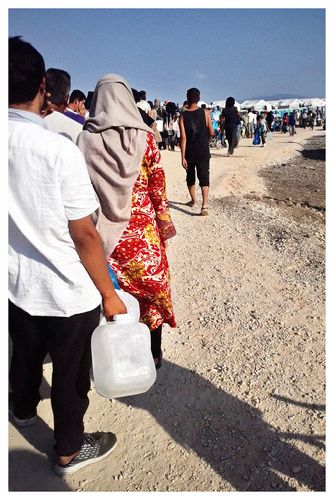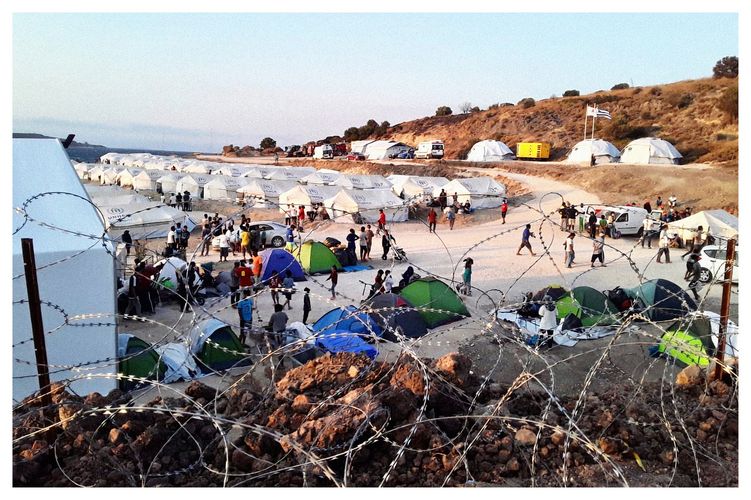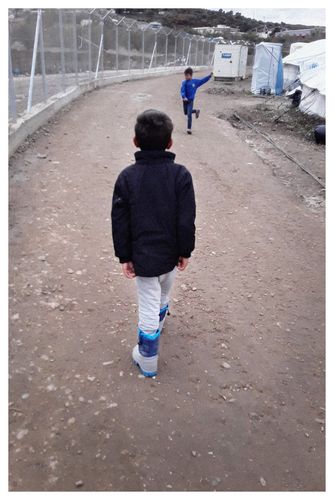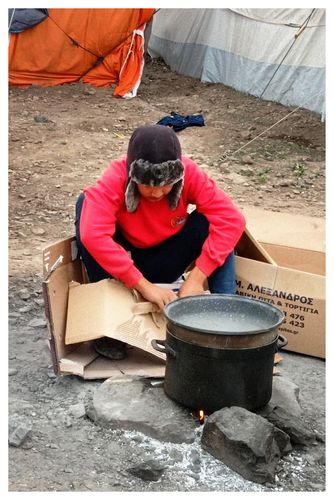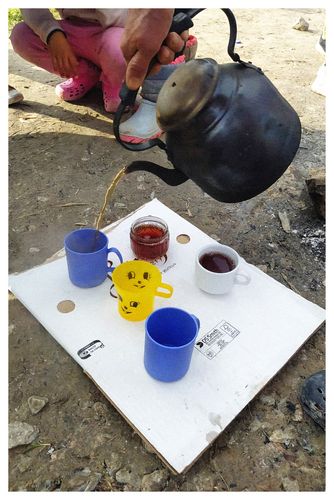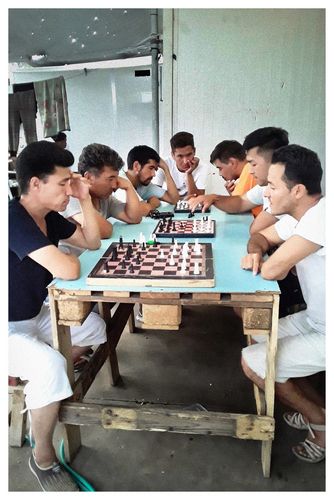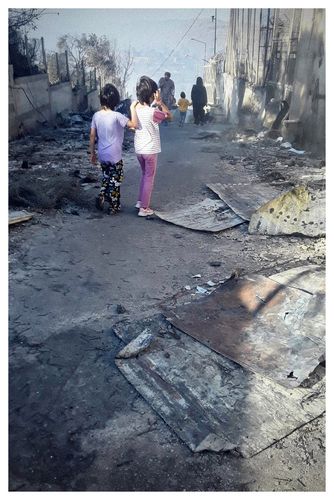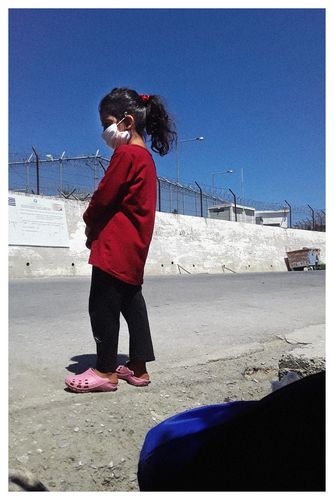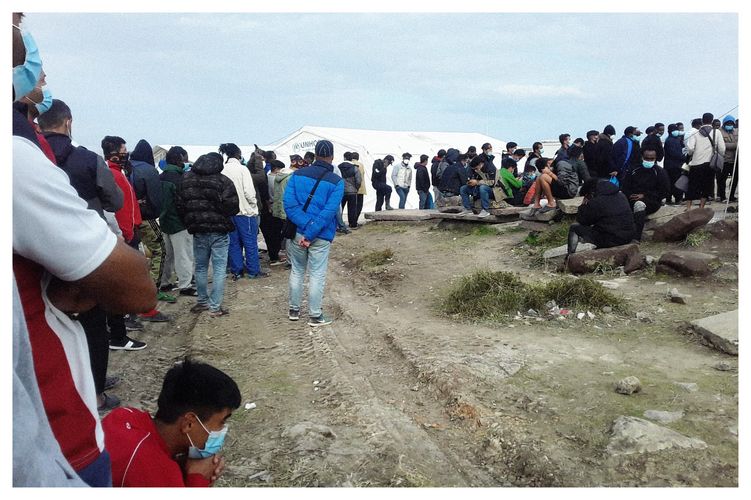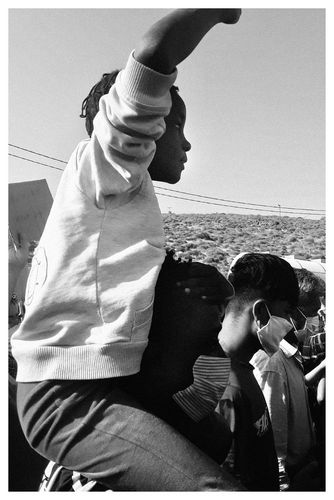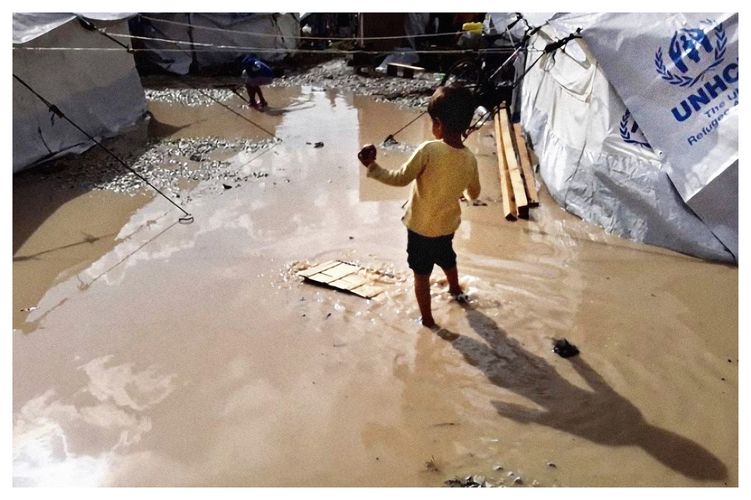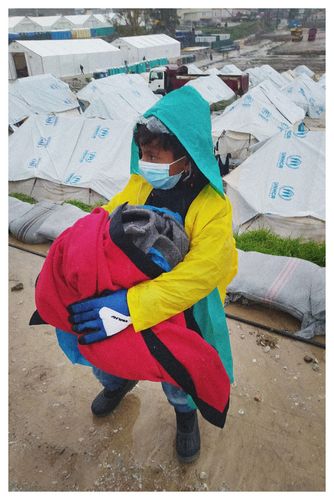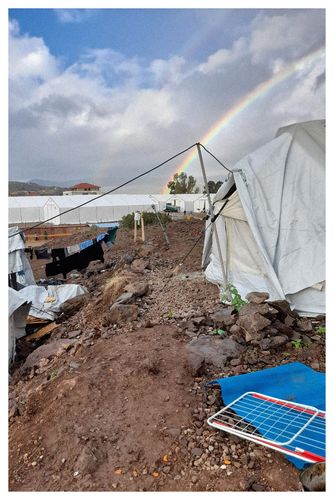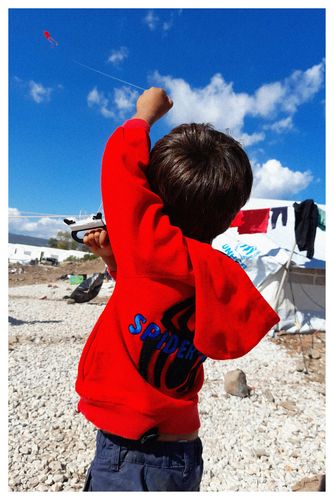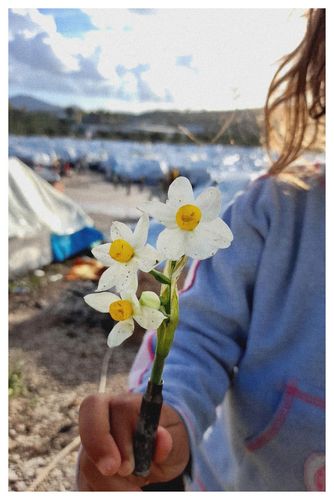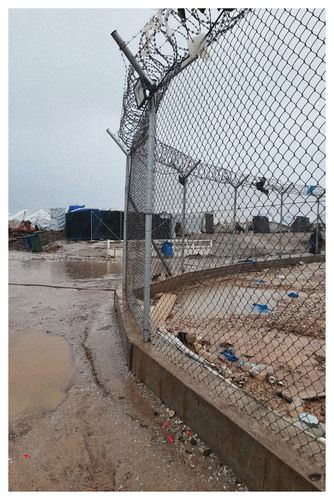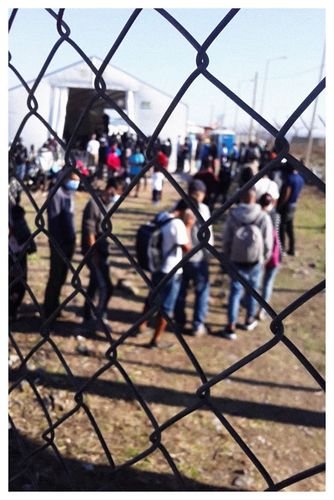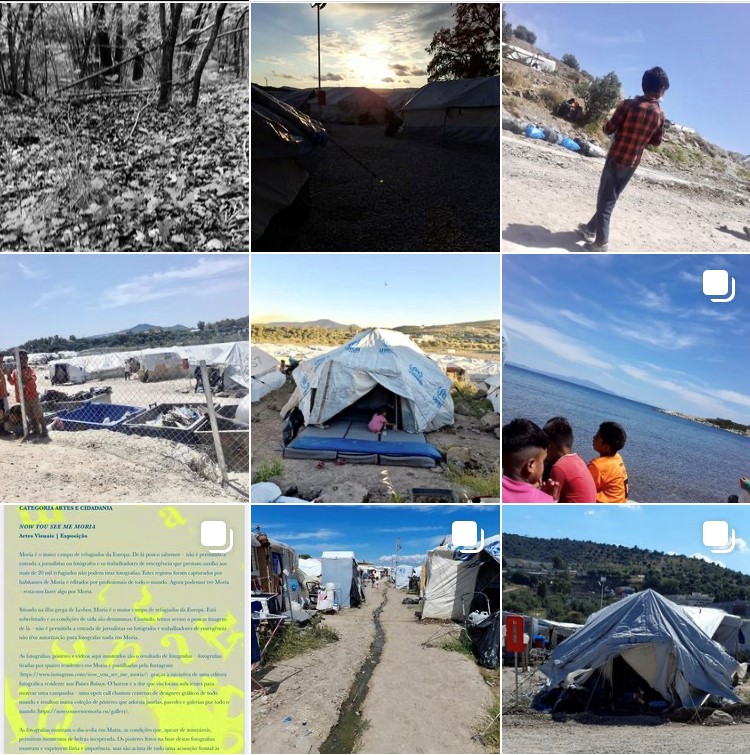About the exhibition
At Weltmuseum Wien, we consider it one of our responsibilities to make a contribution to the depiction and discussion of crucial topics in society, politics and culture. The museum wants to be a meeting point for social, artistic and political actors who actively create an awareness of the relationships of power and the inequalities that exist in society as well as of problematic global issues, aiming to create a keen consciousness for these topics among its audience.
The photography project ‘Now you see me Moria’ was initiated by Amir, an Afghan man who used to live in the Moria camp on the Greek island of Lesvos, which has in the meantime been devastated by fire, and by Noemi, an image editor from the Netherlands. They were later joined by Qutaeba from Syria as well as Ali and Mustafa from Afghanistan. We are not providing their full names in order to protect their identities. These refugees want to use their photographs in order to document life in the camps on Lesvos and to spread awareness of this partly disastrous humanitarian situation.
The initiative was started not least because journalists and photographers were not permitted to enter the camp Moria and even NGO workers are not allowed to take photographs in the camps. In fact, representatives of the media are still not allowed to enter the refugee camp Kara Tepe, where most of the inhabitants of the camp Moria were moved after the latter had been ravaged by flames in September 2020. As a result, the visual images available outside of the camps in order to document the conditions there are scarce.
However, visibility is key to improving the situation. That is why Amir, Qutaeba, Ali and Mustafa decided to take pictures of their situation themselves and to publish the pictures on the instagram account @now_you_see_me_moria as well as on the website https://nowyouseememoria.eu. The Weltmuseum Wien is following their call to present the pictures in public and is showing ’Now you see me Moria’ at Gallery B on the Mezzanin floor. The image captions were written by the photographers themselves.

